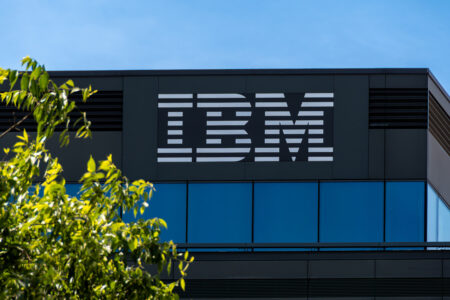When the term “Metaverse” began to spread like wildfire at the close of 2021, many organizations could claim that they were ahead of the curve. While Meta championed its position as the Web 3.0 revolution’s self-appointed leader, the truth was that there were already several far more advanced platforms in operation.
One is Roblox which, as we will explain, has become the leading company for large organizations. Alongside Decentraland and The Sandbox, Roblox quickly became a go-to space for big companies wishing to enter the Metaverse. Roblox had a presence in the gaming space, an enthusiastic user base, and a blank canvas for the gamified experiences organizations were keen to develop.
Who They Are
Launched in 2006, Roblox is the brainchild of software engineers and entrepreneurs David Baszucki and Erik Cassel. The online platform is both a gaming space and a game creation platform that enables users to develop and launch their games in Roblox Studio.
What They Do
While Roblox is free to play, in-app purchases using the Roblox digital currency Robux for the more than 20 million games hosted on the platform have made the company very profitable — reported earnings in Q2 were $639.9 million. The company takes a significant stake, around 50%, of the Robux traded.
Beyond this, advertising revenue, particularly from companies linked to the teen market, where most of its user base exists, makes up a substantial proportion of the company’s profits.
Roblox also earns revenue through licensing agreements and royalties for games hosted on the platform. While the content on Roblox is user-generated, Roblox has a significant stake in the revenue generated through these games.
However, game makers retain the intellectual properties of their creations. The Roblox model, an open platform with building tools and capacity for live events, has made the company an obvious choice for many large organizations that wish to enter the Metaverse.
Who They’ve Impacted
The core user group in the Roblox ecosystem is under-16s, and this demographic includes both players and game creators. In fact, in 2020, it was reported that over half of U.S. teens were using the platform.
With this clear demographic, companies entering the Metaverse via Roblox have had to tailor their offerings to suit. While this may have proved onerous, it has also enabled the company to focus on a consumer base that may have been out of reach.
The requirement for specificity and the need to tailor offerings to suit a younger demographic have benefited large organizations, thanks in no small part to the sheer number of users on the Roblox platform, upwards of 150 million.
Major corporations, including Nike, Chipotle, Gucci, Clarks, and Walmart, have partnered with Roblox to create unique Metaverse experiences. Walmart represents the most targeted approach, with Walmart Land and Walmart’s Universe of Play angling to a younger demographic.
Ultimately, these companies have partnered with a platform with a strong user base, a distinct demographic, a solid virtual currency system, and an established methodology for connecting various elements within its ecosystem.
The Future and Closing Thoughts
On the whole, Roblox has been widely praised for enabling creativity among its young client base with Roblox Studio and providing a variety of experience that focuses on this creative output. However, there have been some criticisms concerning its moderation facilities.
Although the Roblox chat filtration system is very effective, there have been reported instances where users shared inappropriate content with younger users. On top of this, some games have included explicit scenarios not suitable for users under 18.
Of course, moderation and filtration are difficult on an online platform, as with any Metaverse space. However, with the increase in visibility and a growing list of top-level clients, the platform will undoubtedly need to focus on developing its capabilities in these areas.
Striking a balance between suitable content for young and old will become more complex as more companies that traditionally appeal to adult audiences join the platform. However, Roblox has expressed a commitment to expanding its user base. How it chooses to separate and manage the various demographics that use the platform will undoubtedly become a joint conversation between Roblox management and its relatively new influx of A-list clients.










